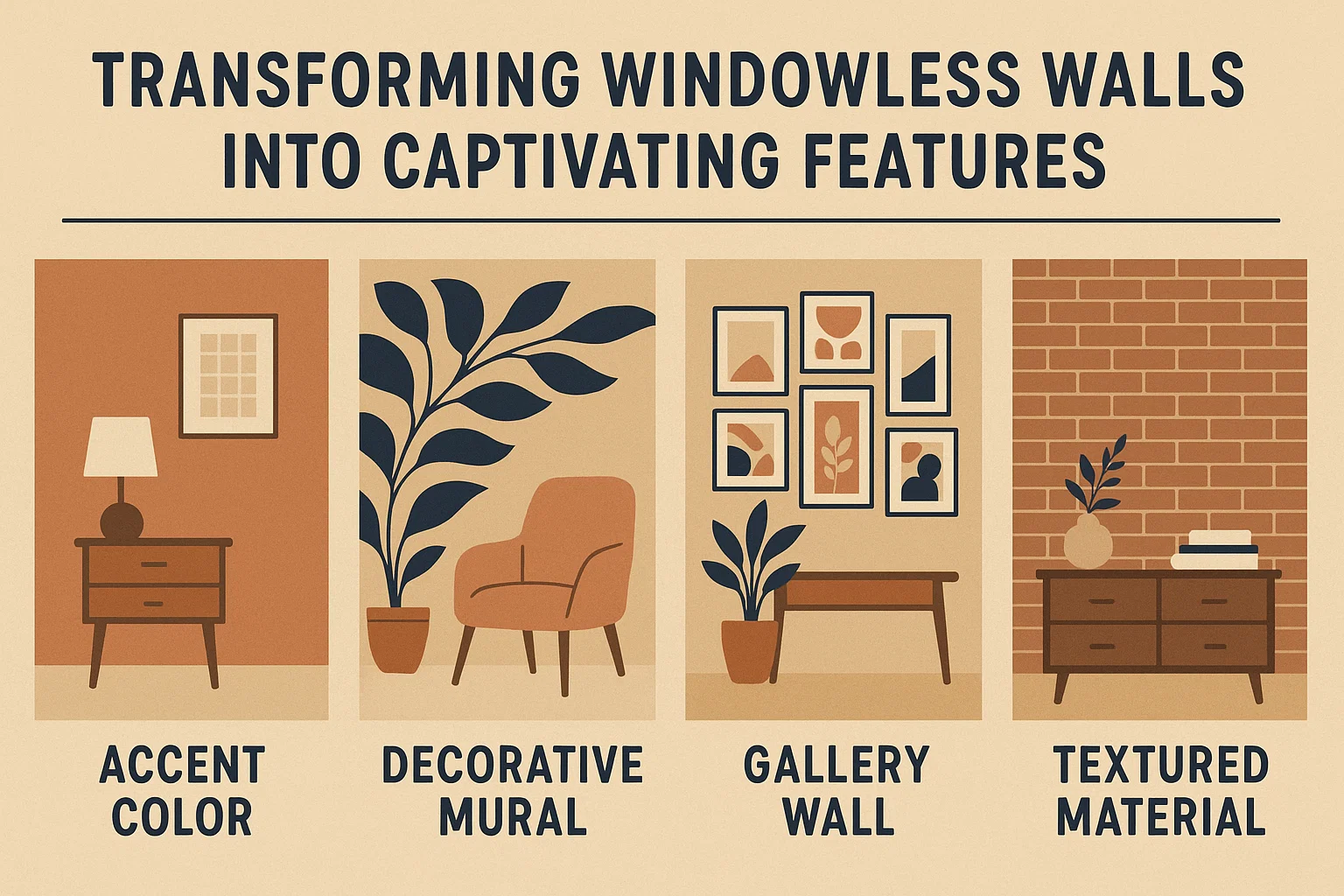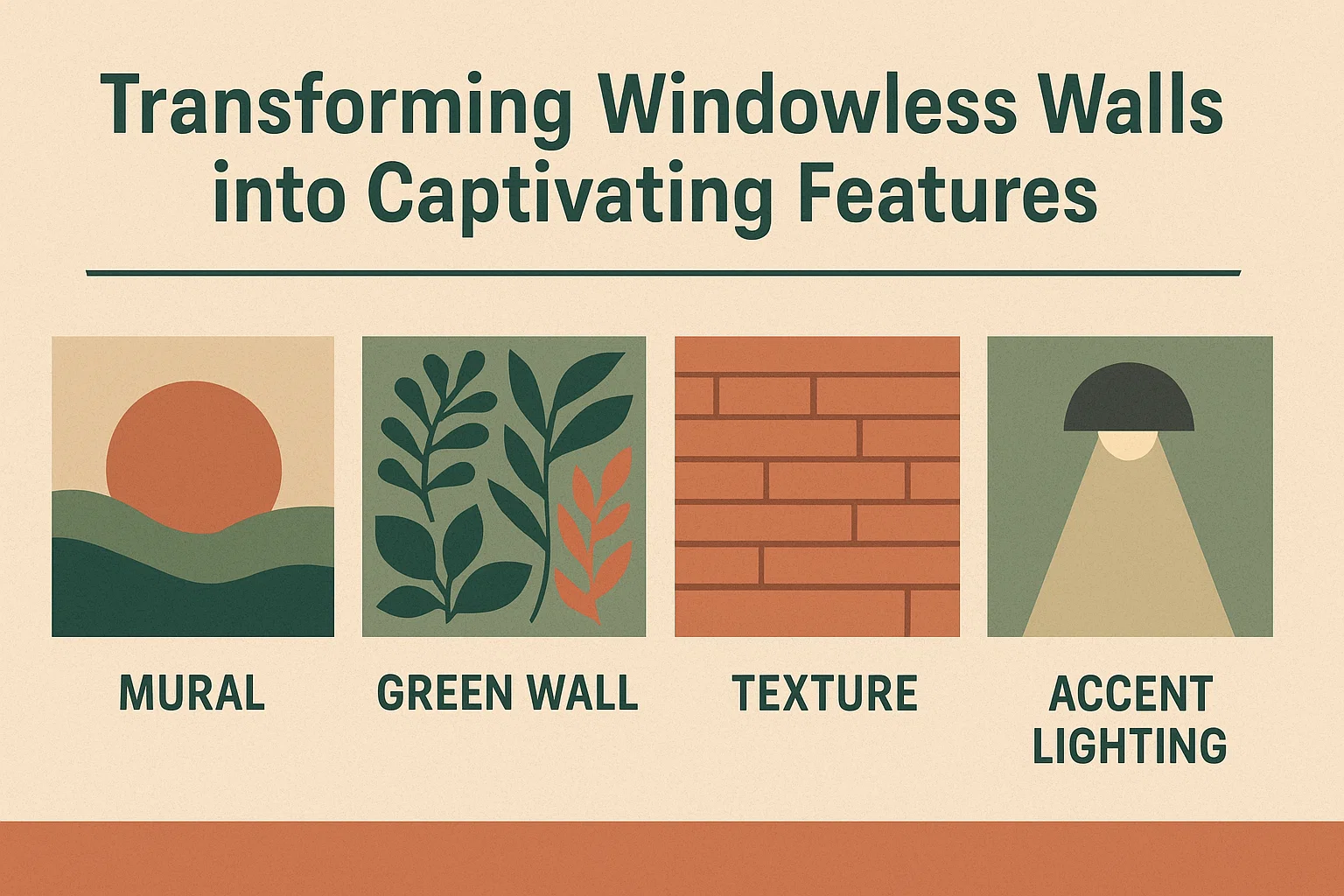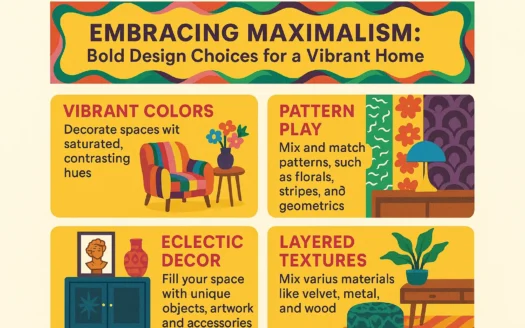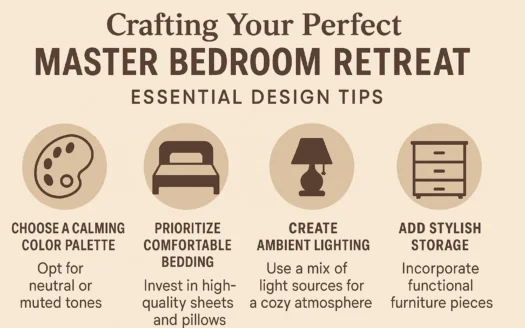Transforming Windowless Walls into Captivating Features

Photo Credit: Jonny Caspari from Unsplash Everyone Loves Windows — They Give Us Some of Life’s Best Artwork
From spring’s bounty of flora to winter’s white tapestries or a cityscape softly aglow on a warm summer night, the view is captivating. But when we spend too much time gazing outward, we neglect what’s inside — like the wall opposite your window that’s startlingly blank. It’s time to come inside and take a look at the heart of your home. With a little décor 101, those windowless accent walls can become just as captivating as the view outside. Here’s how to transform a windowless wall:
Step 1: Choosing a Backdrop
Every wall needs a base. The single most important decision when creating a visually riveting accent wall, your base will determine the mood of the room based on its color, texture, finish, and pattern.
Paint, Papers, Lacquers, and Texturizers
- The most traditional means of decorating a wall: choose smooth or textured, shiny or matte, bold or neutral.
- Try color-blocking, stenciling, or glossy lacquers for reflective surfaces that add depth and light.
- Turn favorite artwork into a custom mural using services like Murals Your Way.
Wood, Brick, Tile, and Fabric
- Incorporate natural materials like wood paneling, brick, or stone for organic texture.
- Experiment with irregular layouts or partial coverage to add dimension.
- Draw inspiration from other rooms: tile a wall like a kitchen backsplash or drape fabric for a cozy retreat.
Step 2: Choosing Additional Decor
Once your base is set, balance bold designs with simplicity or enhance minimalist backdrops with strategic accents.
Shelving and Depth
- Use shelving to display unique objects, adding curvature and shadows.
- Experiment with deep wall mounts (e.g., thick canvases) to play with light throughout the day.
Framing
- Frameless: Achieve a modern, casual look with floating art.
- Uniform Frames: Unify mismatched artwork with matching frames.
- Eclectic Frames: Mix frame styles for controlled chaos.
- Arrange pieces in geometric patterns or grid layouts for dynamic impact.
Step 3: Utilizing Wall-Based Furniture
Integrate furniture to complement your design:
- Design around permanent pieces like dressers or bookcases (color-grouped books add charm).
- Match furniture edges or hues to your wall’s aesthetic.
- Opt for minimalist designs (e.g., glass desks) to keep focus on the wall.
What kinds of visuals do you want to be captivated by? Stepping away from the window gives you total design control. Put your perspective on the wall to truly love the space you live in.




